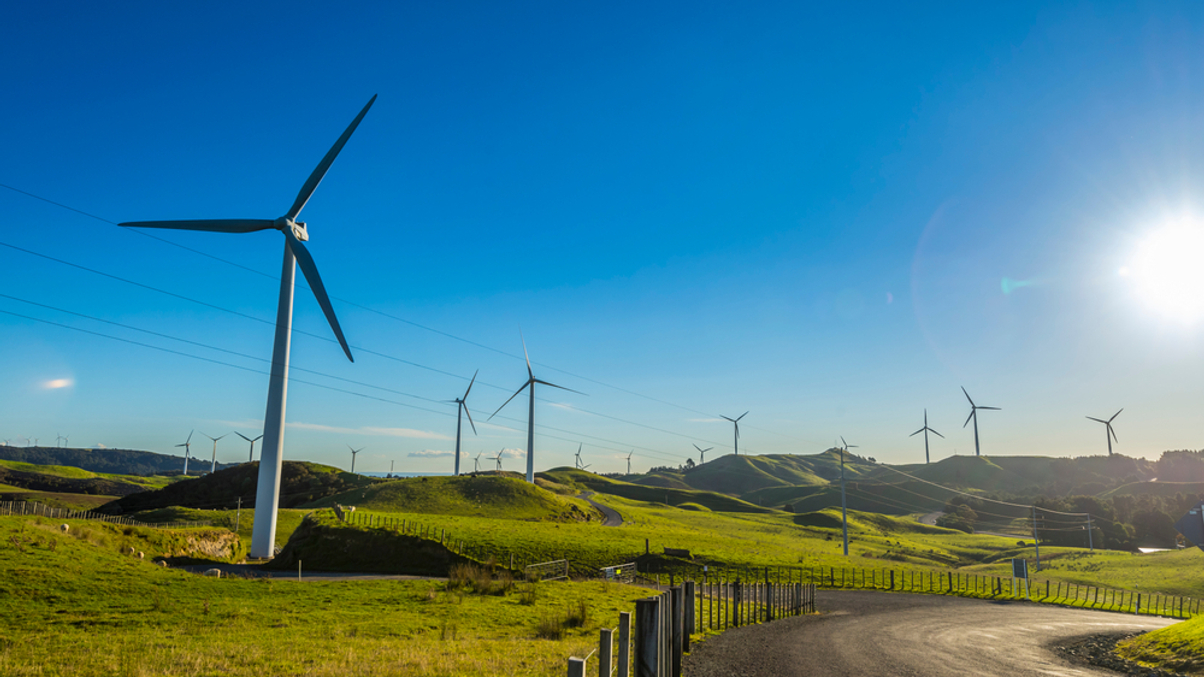Australasian wind power gains momentum as funds, governments weigh in
Wind farms offer long-term investors an attractive return profile and are already receiving broad-based political support in New Zealand and Australia.

As energy supplies continue to preoccupy investors amid the ongoing turmoil in world markets, momentum is building for an accelerated shift to alternative and renewable energy sources.
Sign in to read on!
Registered users get 2 free articles in 30 days.
Subscribers have full unlimited access to AsianInvestor
Not signed up? New users get 2 free articles per month, plus a 7-day unlimited free trial.
¬ Haymarket Media Limited. All rights reserved.


